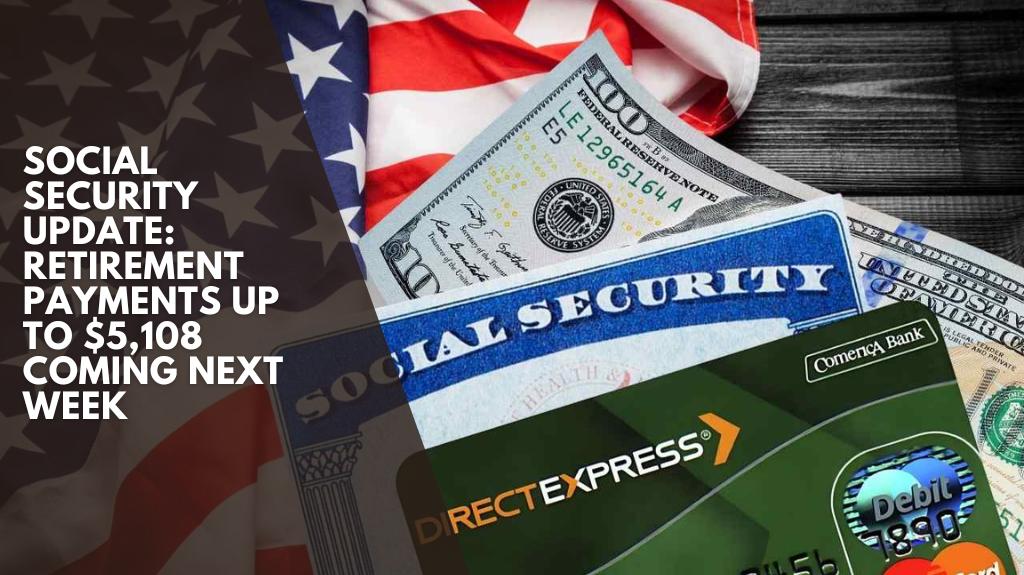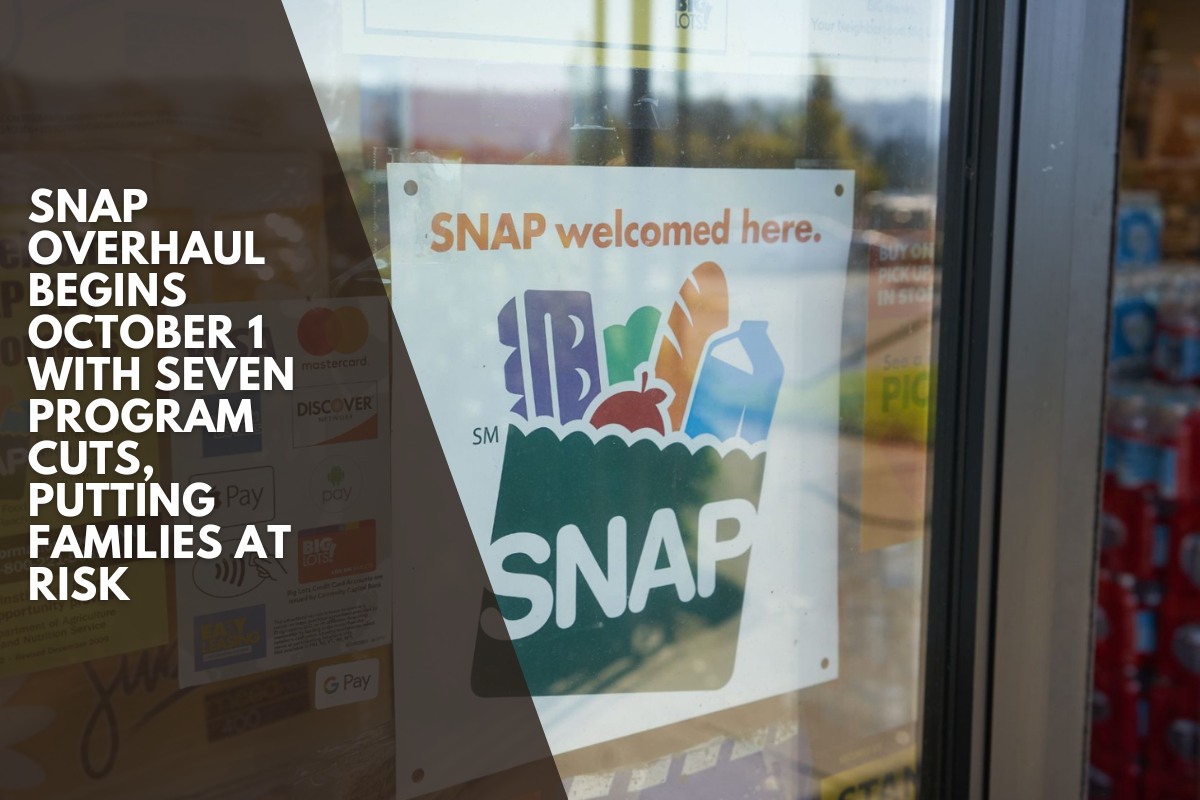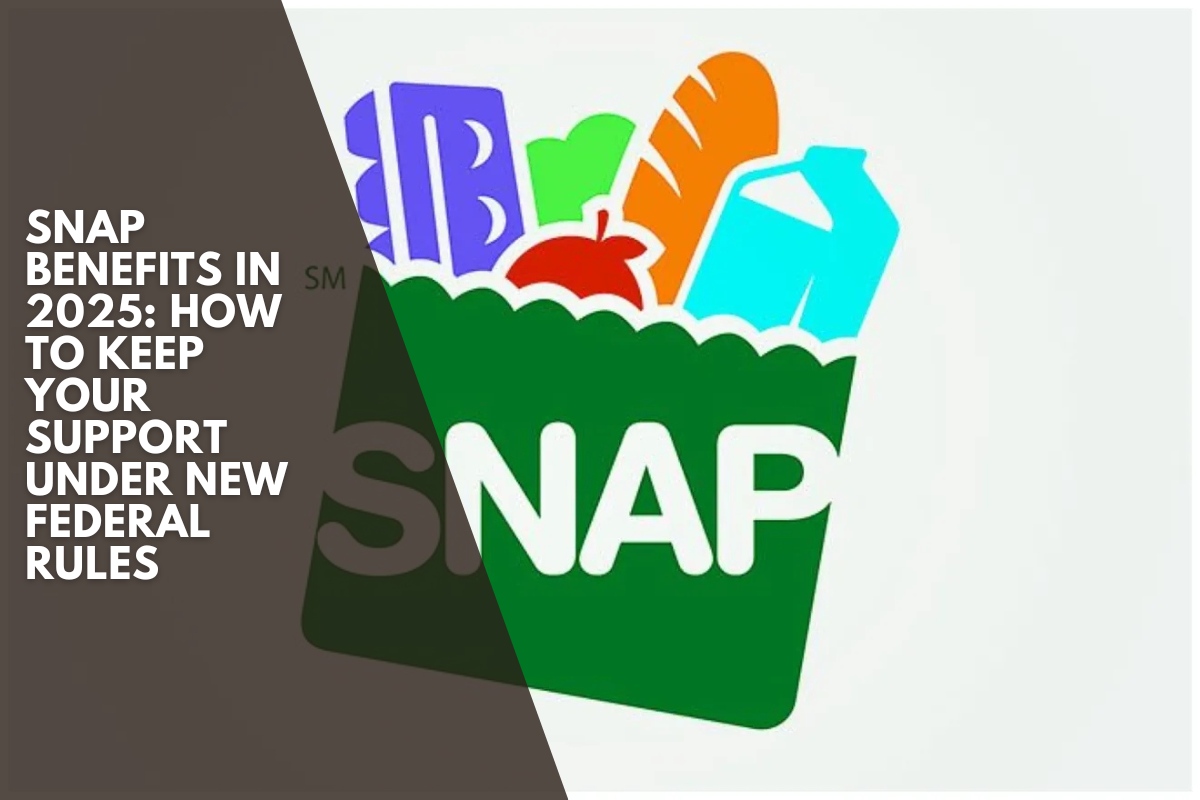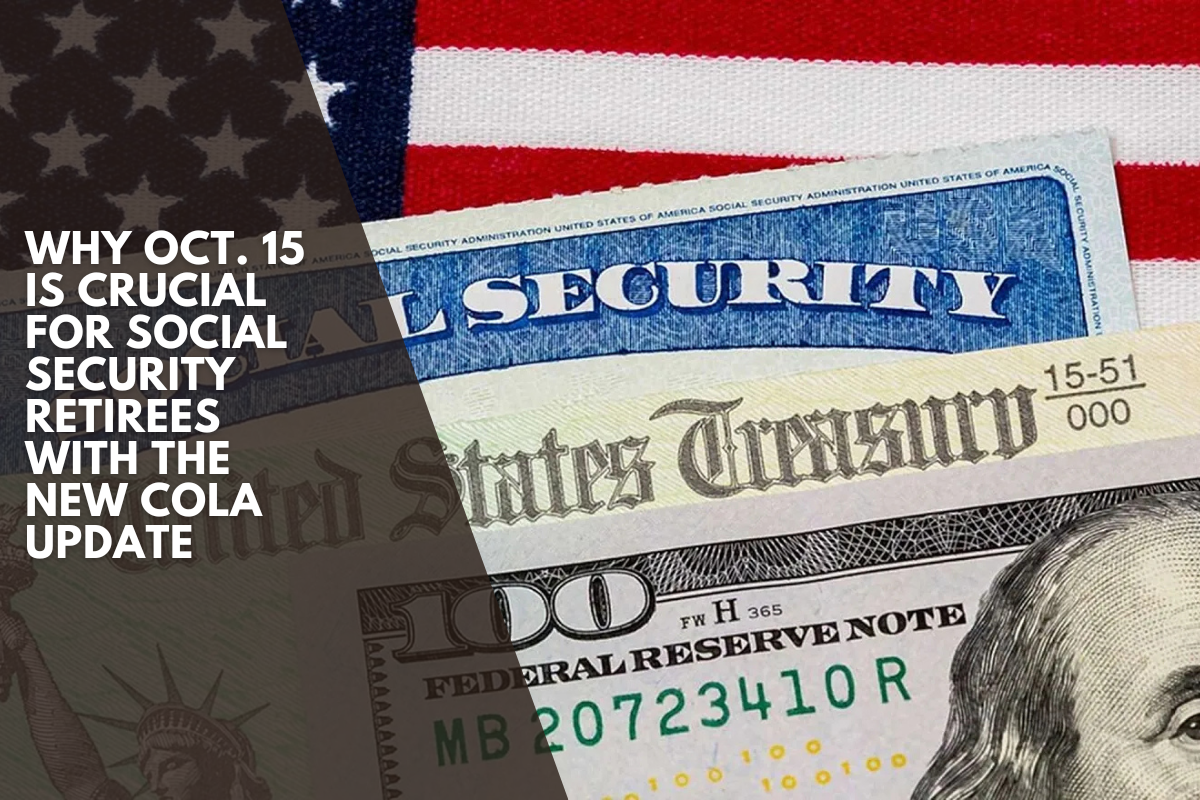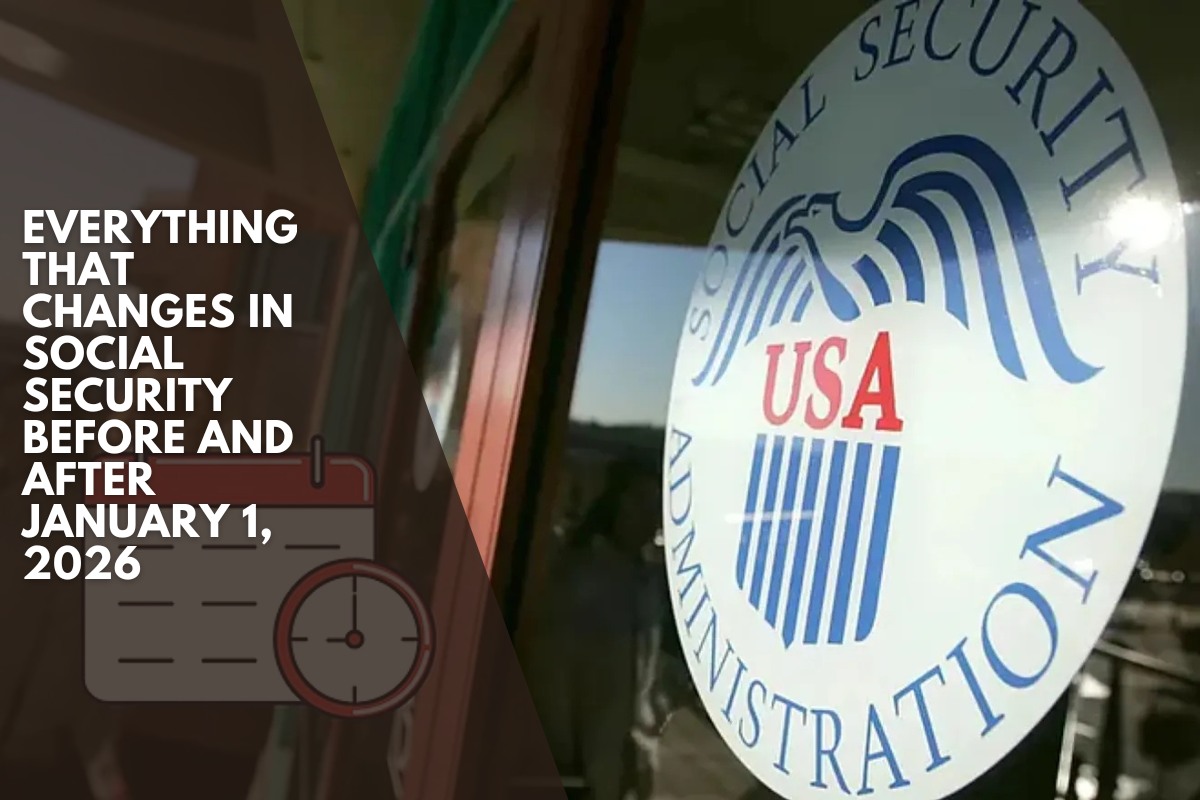The second Wednesday of July marks an important day for millions of Americans receiving Social Security benefits. Every month, the Social Security Administration (SSA) distributes payments based on beneficiaries’ birthdates. This applies to those who began receiving retirement payments after May 1997.
Here’s everything you need to know about the July 2025 Social Security payment dates, how the cost of living (COLA) increase will affect your benefits, and the new rule that will end paper checks forever.
Social Security Payment Dates for July 2025
Social Security retirement payments are made in three rounds every month, each on the second, third, and fourth Wednesdays. The exact dates depend on your birthdate. If one of these Wednesdays falls on a holiday, the payment is moved to the previous business day (Tuesday).
Here are the confirmed payment dates for July 2025:
Wednesday, July 9: Payments for those born between the 1st and 10th of any month
Wednesday, July 16: Payments for those born between the 11th and 20th of any month
Wednesday, July 23: Final payments for those born between the 21st and 31st of any month
If you receive Supplemental Security Income (SSI) or started receiving your retirement benefits before May 1997, your payment dates are different. SSI payments are made on the 1st of each month, and retirement benefits are issued on the 3rd. Keep in mind, if any of these days fall on a weekend or holiday, payments will be advanced to the closest business day.
How the COLA Affects Your Social Security Payments in 2025
In January 2025, a 2.5% Cost-of-Living Adjustment (COLA) increase took effect, which will last for the entire year. This is to help retirees keep up with inflation.
Average monthly benefits for retirees are around $1,976, up from $1,927 in 2024.
In May 2025, the average benefit reached $2,002.39, the first time it exceeded $2,000, but it has since slightly dropped.
For those with the maximum benefit eligibility:
If you retire at age 67 (Full Retirement Age), you can receive up to $4,018 per month.
If you delay retirement until age 70, you could receive up to $5,108 per month.
For those receiving SSI benefits, the maximum is $967 for an individual and $1,450 for a couple.
Say Goodbye to Paper Checks: Act Now to Avoid Payment Suspension
A major change is coming. Starting in October 2025, the SSA will completely phase out paper checks. This decision, originally announced in 2013, is now final. The goal is to modernize the payment system, reduce fraud, and cut down on costs.
For years, some people have still been receiving paper checks due to exemptions or simply not updating their payment preferences. But this will end in October 2025. If you don’t update your payment method before the deadline, you risk delays or even suspension of your payments.
How to Switch to Electronic Payments
To ensure your payments continue without any interruptions, here’s what you need to do:
Sign up for direct deposit: This is the fastest and safest way to receive payments. Visit www.ssa.gov or call 1-800-772-1213 to register. You’ll need your bank account and routing numbers.
Opt for a Direct Express card: If you don’t have a bank account, you can get a Direct Express debit card, which is reloaded automatically every month. Apply online or over the phone.
Check your information: If you already receive payments electronically, make sure your bank account information is up to date. This is especially important after any recent changes.
Get help if you have a disability: If a disability makes it hard for you to update your payment method, contact the SSA for help or to discuss any exemptions.
Inform family or caregivers: Older adults may need help with the change. Make sure their caregivers are aware and help them take action before the deadline.
Why Paper Checks Are Ending
The decision to end paper checks is a step towards making the payment system more efficient and secure. By moving to electronic payments, the SSA aims to:
Eliminate theft and loss associated with paper checks.
Save millions of dollars in printing, mailing, and handling costs.
Improve security and reduce fraud.
If you’re still receiving paper checks, it’s important to act now and switch to an electronic payment method to ensure you get your benefits on time.
